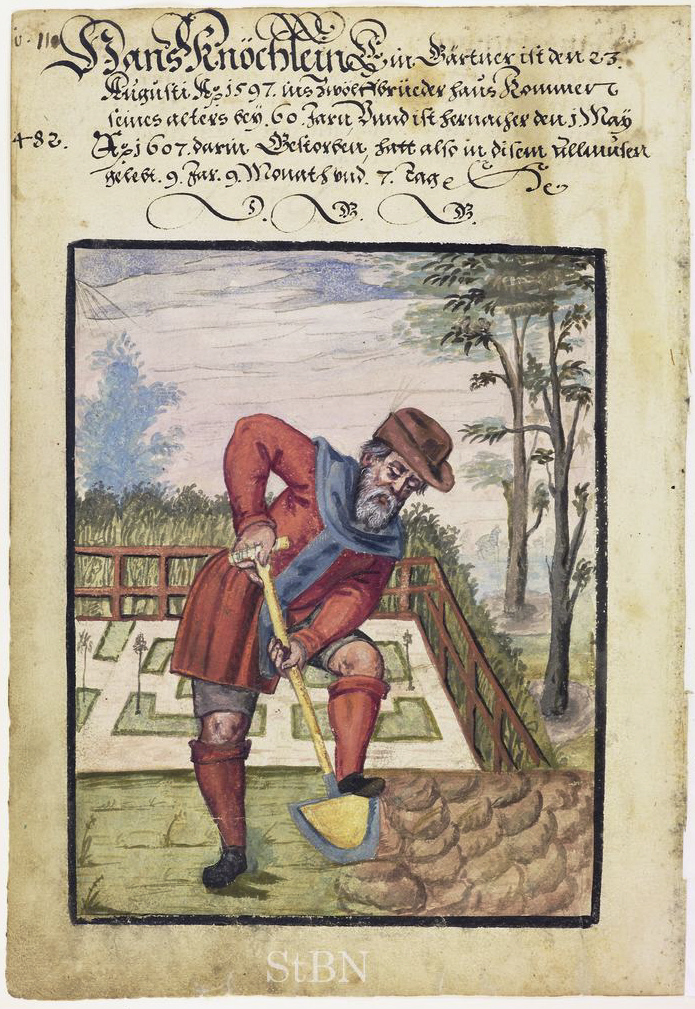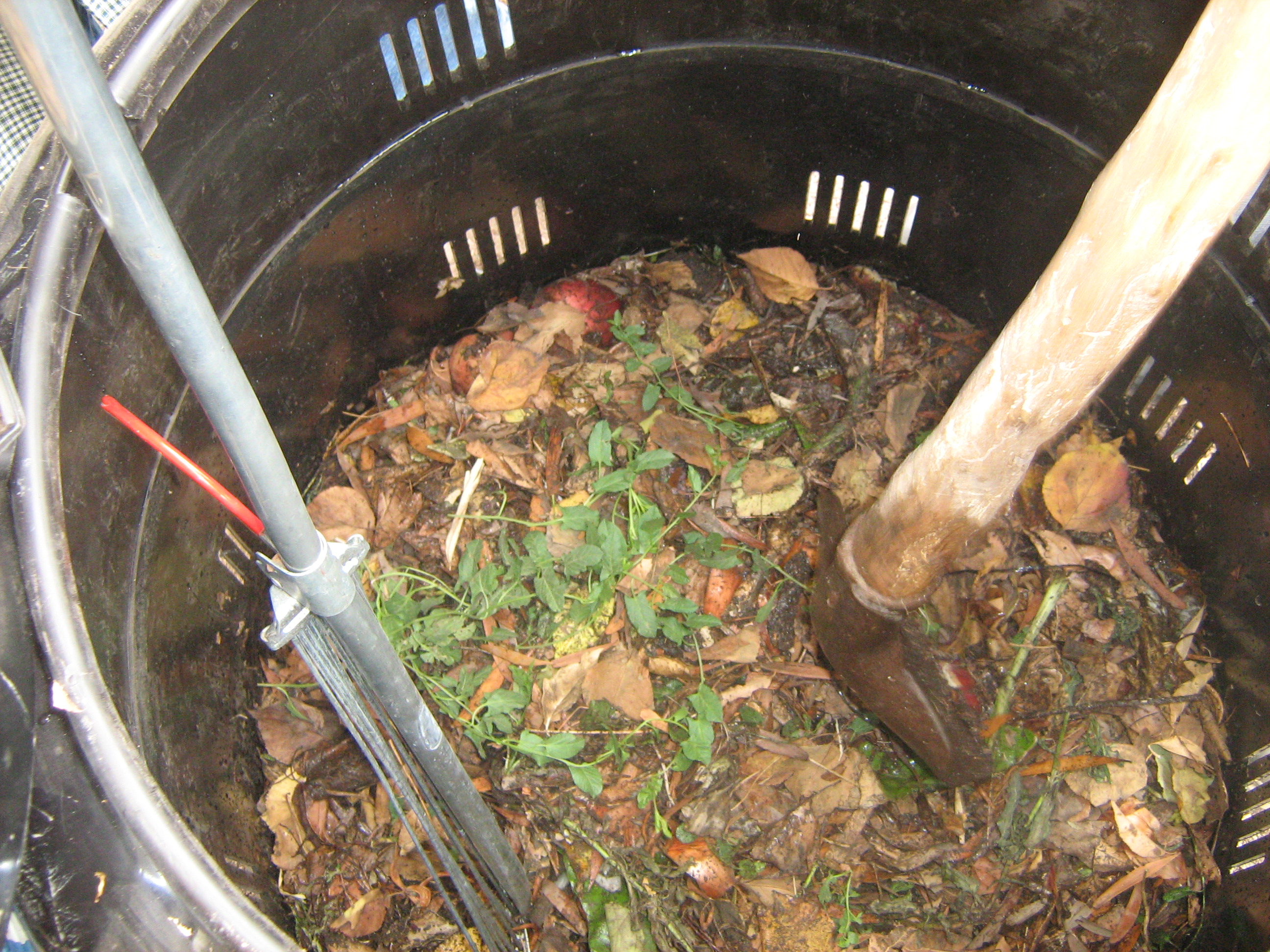You are a storyteller.
You’ve been telling stories for a while now. You’ve told at libraries, schools, and maybe a few workshops, conferences, or meetings. The area in which you live doesn’t offer any stand-alone storytelling events and you’d really love to change that.
It can seem intimidating, but in fact, if you keep your event to scale it’s quite simple.
Step 1 – The Seed: decide what size audience you want to attract
It isn’t always necessary to plan a huge event. In fact, when it comes to growing a storytelling community it’s helpful to think in terms of growing a garden. Yes, you could start with fully grown plants, but that doesn’t give you the opportunity to enjoy the process as well as the fruits, veg or flowers. This first event is the seed. Your projected audience will be a small, nurturing group who are already connected to storytelling.
Step 2 – The Plot: find a venue
Where will you plant your seed? This will be different for everyone since each geographic area may have something different to offer. Some standard places that most people will be able to choose from include a library conference room, a church meeting room, outdoors in a park, your own living room, or a bookstore. Free is best for your first event in order to keep the pressure down. Once you see who the core storytelling supporters are and how many there are, you can plan to move into something bigger for the next event.
Step 3 – When to Plant: choose a date
When will you plant the seed? Fall is a natural time of year for storytelling. I recommend starting with the Tellabration!™. There are guidelines, sample psa’s, letters, tickets and more at the NSN Tellabration!™ page. The exact date you choose is flexible and it can be held during the day or in the evening. It’s really helpful to be associated with this international event because alot of the educational and promotional elements have been prepared. It also provides your local media with a good “hook” for their stories. If you do decide to begin with a Tellabration!™, study the site and become conversant in the history of it, so that when you do radio or print interviews you can speak knowledgeably. Also, make sure to register your event with the NSN so that you are on the calendar there as well.
Step 4 – What to Plant: choose a theme
Ahhh, what seed will you plant? Your theme can be as broad or as specific as you wish. Go with a name that refers to the season, or consider archetypal themes, such as searching for true love, the meaning of life, creativity, and fulfillment, etc. It’s helpful to include words that identify it as a storytelling event. Use the word Tales, Story, Tellers, etc.
Be clever and show a sense of humor as well. People are much more attracted to something that promises not to take itself too seriously. “The Story That Ate Cincinnati” or “Tales From The Brouhaha” pique interest while informing people about the type of event you are producing.
Step 5 – The Gardeners: determine the lineup
Who will plant the seed? Does this seem like something that you want to know first? Perhaps, but if you want to engage others in being a part of your event, it’s good to have the first 4 steps completed in order to give them a definitive picture of where you are going. As the leader in this endeavor, you’ve got to make decisions, knowing that you’ll learn along the way. It isn’t particularly effective to have 5 people deciding where and how to plant a seed.
The lineup can be a small as 1 – you, or, of course, larger. I recommend keeping your first event to an hour and 15 minutes at the most. It’s so much better to leave people wanting more than to have them walk away feeling like they’ve had enough storytelling to last a year. I always invite at least one musician to be a part of the show. Music has long been a partner to storytelling, and it engages a different part of the brain, so the audience experiences variety. Keep the music portion shorter than the spoken word, though.
Here’s a sample lineup that I’ve used successfully:
- Welcome & Introduction 3 minutes
- Opening Story 5 minutes
- Music 12 – 15 minutes
- Stories 15 – 20 minutes
- Refreshment Break for 10 minutes (more about this later)
- Music 10 – 12 minutes
- Stories 10 – 15 minutes
- End with announcing the prize drawing winners and hand out any flyers for the next event
If you want more time for stories, shorten the musical portions. I would not recommend lengthening the show. You may have longer stories or epics that you like to tell. There will be a place for them, but it won’t necessarily be at your first storytelling event.
Remember, seed not forest.
Step 6 – Nourish the seed: drawing prizes
Add fertilizer to your seed. It’s very appealing to attendees to offer a door prize, or a drawing prize or two at your event. Secure a couple of tickets to your local theater, or ask for a donation of wine or chocolate from a local merchant. Massage certificates or spa treatments are also very popular. In exchange for the donation, make sure you spotlight your donor in all of your online and in-print publicity. Signage and a program for the evening should also thank them in a prominent manner.
Include a photo of the prize(s) in your flyer. Images are much more powerful than words and give a feeling of fun and excitement to the page.
Step 7 – Give your seed sunlight: Create and distribute promotional materials
Tell everyone that you are planting a seed! You may have a list of local folks who are already fans of storytelling – they are your strongest network.
Invite them to play a part in the success of the event by purchasing their own tickets early as well as bringing at least one other family/group on board to purchase tickets in advance as well. If you’ve chosen a modestly sized venue, this may be enough to fill the room. If this isn’t the case, create a psa, or public service announcement for media distribution.
Here’s a sample PSA: Tellabration Press Release-draft.doc
Most media outlets prefer electronic submissions and a few only want you to enter the event info into their online calendars. It’s uncommon for psa’s to be mailed anymore, and this is great news since it eliminates the cost of printing and mailing. Some of the online calendars will even allow you to post a picture – which is worth a thousand words 🙂
Not a graphic artist? No problem. Use a photo of you or the other performer(s) telling stories, or a photo/image that represents your theme. Tellabration!™ in the fall? It’s easy to find free clipart online. If you want something more tailored, visit Fiverr.com and hire someone for $5 to design a digital piece for you.
You can also email your personal list through Evite and customize an attractive invitation. Utilize Facebook, Twitter, LinkedIn, Pinterest and other social media sites to grow your audience. Even if you don’t think they will attend, it’s important to begin to raise awareness that storytelling events are happening and that you are promoting them.
I don’t recommend spending alot of money on printing flyers – most of us feel that we have too much paper to deal with as it is. However, designing a simple 8 1/2 x 11 inch sheet with the Who, What, Where, When, Why and great images is an essential tool for getting the light to shine on this event, as long as it is digital.
Nearly everyone has access to a page-making program like Word or Pages, but if you really don’t want to tackle this try Design Crowd and let a talented graphics person create it for you. You get to set your own budget, and choose the winning design. You don’t have a budget? Revisit Fiverr.com and shop there.
Step 8 – The Straw: Sell tickets in advance
It’s a great feeling to know that your audience is 50% or more sold before the event begins. It’s also completely possible to accomplish without ever printing a single piece of paper. One of the simplest and most well-known ways to sell online is via PayPal. Setting up the account is free and the fees per item sold are reasonable. The benefit is that many of your potential customers are already set up with PayPal and it is convenient for them to use. It’s a secure online payment system as well, so your buyers are protected.
There are other options to choose from, if you don’t want to use PayPal. Brown Paper Tickets is a site dedicated to selling event tickets. Check out their Why page for more details. Of course, if you want more choices, a quick Google search yields about 83,000,000 results. 🙂
What’s a good rule of thumb for a ticket price? For your first event, I suggest you price them at or just below movie theater ticket prices for your area.
Should I charge for my event? Yes. Yes. Yes.
There’s a whole slew of reasons for this, but that’s another discussion. At this point, let’s leave at “you’re worth it.”

Step 9 – Water the seed: Confirm everybody
Email, write or call everyone involved in the show.
Confirm what your expectations are, and, make sure you understand their expectations.
Communication is key, and after all, you’re a STORYTELLER, communication is your business.

Step 10 – Weed the garden: Create your master lists
Sit down with a medium to large blank sheet of paper. Sketch the layout of the room for the event.
Figure out and draw in where tables and chairs will be located. If there isn’t already a stage, determine the size and location of one. What’s on the stage? Plants, flowers, a chair, etc?
What’s on the tables? Use this list as a guideline:
- Attractive tablecloths
- Sign in sheets for walk-ins and printout of online ticket sales
- Drawing prize tickets and cashbox
- Program for the evening’s event
- Signs thanking sponsors, donors, volunteers
- Flyers announcing the next event
- Drawing prizes attractively displayed – color, color, color
- Refreshments – keep them light, neat, satisfying
- Merchandise – you may have recordings to sell, books, or other items
And, that’s it. Your storytelling event planning is complete.
Well done.
©copyright Zette Harbour 2013 all rights reserved www.ZetteHarbour.com








